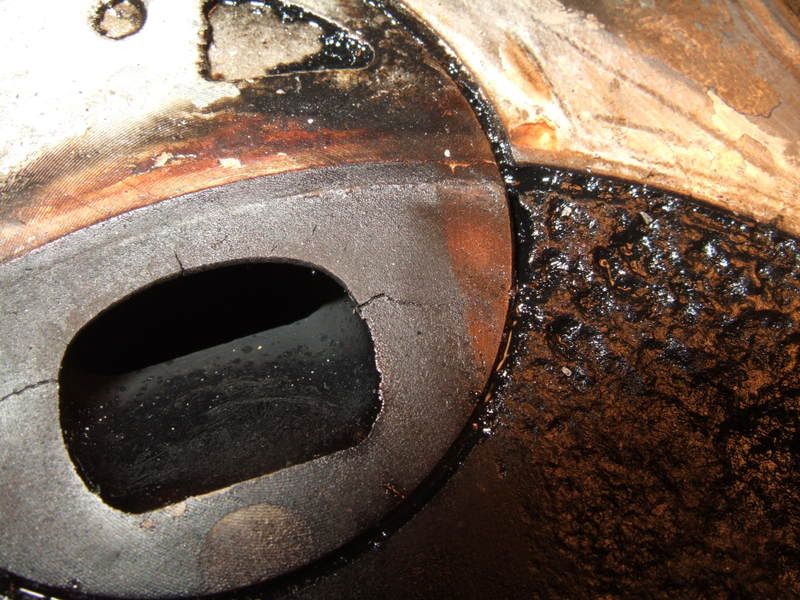1kz Te Cylinder Head Crack Detector
Why are Toyota 1KZ-TE heads so. Its design combined with poor R&D that makes toyota diesel heads crack. Worst one is the 3c-t engine fitted to enemas-lucidas.
Depending on their locations, crack severity will vary. General Motors Gm Laam Keygen Download. They tend to form, spread and get worse as heat, thermal stress, heavy loads, repeated bending and flexing, metal fatigue, pounding and vibration take their toll on a part. Cracking is an indication that an area is experiencing more stress than it can handle.

Finding those cracks will enable you to determine whether you should repair or replace those parts. You simply can’t afford to spend a lot of time machining or reconditioning cores or used parts that may be destined for failure. With hard-to-find and high value cores and parts, the decision may hinge on the extent of the damage. If the part can be repaired economically and with a high degree of success, then it’s probably worth fixing. But if it can’t, you’ll have to factor in the cost to replace it. Never assume a part or a casting is okay just because you can’t see any visible cracks.

Always assume there may be cracks – although, because engine parts are made of so many different materials these days, finding them may be a challenge. Magnetic Particle Inspection Magnetic particle inspection is most often used to inspect cast iron or steel alloys that are “ferromagnetic” and can be temporarily magnetized for such things as surface cracks in and around the cylinder head combustion chambers and for inspecting crankshafts, camshafts and connecting rods. But the technique can also be used to check gears, shafts, axles and steering and suspension components for cracks, too. Magnetic particle inspection won’t work on nonferrous metals such as aluminum, magnesium, titanium, nonmagnetic alloys of stainless steel or plastic. A magnetic field created in various ways causes tiny iron oxide particles that are sprayed or brushed on the part to reveal any cracks. If there are any cracks in the surface of the part, they will disrupt the magnetic field and act like a pole to attract the iron particles. The iron particles (sized between.125” and 60 microns), may be applied in a dry powder or a wet solution.